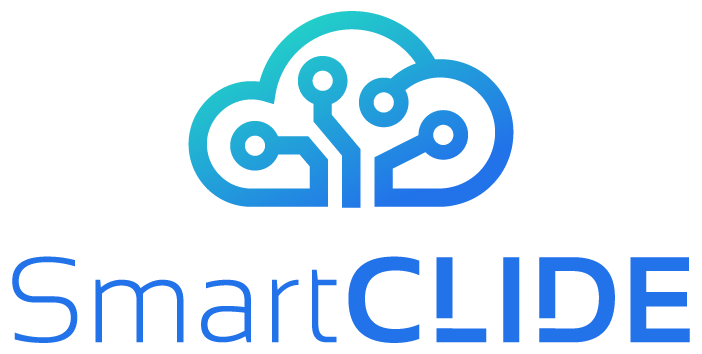We are pleased to announce that our work on the SmartCLIDE project is coming to a successful end, providing enterprises with a powerful tool to expedite their digitization journey. Our cloud-native IDE helps users create full-stack services and apps by facilitating the development and adoption of solutions in the cloud and big data domains. Support for creators at every stage of development, from discovery to deployment, is one of SmartCLIDE’s cutting-edge capabilities. We have covered all the key information related to the project in our White Paper, including how SmartCLIDE works and how it might help you on your path to digital transformation. Despite completing this stage, we do not plan to stop here and we are dedicated to continuing to contribute to this project by offering ideas and ensuring that it keeps up with developments in the field. To stay informed about our progress and planned contributions, follow the project’s Twitter account to get updates and to give us feedback.
With the release of Eclipse OpenSmartCLIDE, based on the Theia platform, this integration offers a variety of cutting-edge features, including CI/CD integration and intelligent source code monitoring. It is substantially simpler for both novice and expert developers when software lifecycle support is provided by offering necessary development tools at every level, such as data sources and visualization artifacts. Developers have a more in-depth understanding of their codebase thanks to dynamic source code visualization features and state changes that are dynamically reflected. This makes debugging considerably simpler. Eclipse Theia/CHE prominence in the creation of cloud services is further strengthened by its interaction with popular CI/CD platforms like GitHub and GitLab.
We are ecstatic to be a part of this progress and are looking forward to learning about the new prospects it brings. We have high hopes for what this development will bring and are interested in what it might lead to.
Some exploitation plans
The following partners agreed to share their exploitation plan with us:

ATB will use the full SmartCLIDE solution to teach Cloud Computing to our trainees and students. On top, we might use it in our EC projects to develop software.The second exploitation path is re-using the Context-Handling module/component. We are planning to use this context awareness framework (that we brought as background into the project) in further research projects.
From a teaching perspective, UoM already offers modules focusing on assessing the quality of software programs. The syllabus of such modules is going to be enhanced by integrating the assessment of maintainability and reusability for software services. From a research perspective, UoM will provide various publications related to technical debt management, and process / product improvement for service-based software development.Also, visibility is going to be gained by actively participating in the Eclipse Open SmartCLIDE project development.


If applicable, KAIROS will use the resulting IDE for training our employees, and teaching Cloud Computing to our interns so that we can easily reuse software components and improve our productivity and time to market, to differentiate our company from other software consulting companies.
The Eclipse Foundation will continue to host and support the open source Eclipse community created by the SmartCLIDE consortium. The Research activity, through the Research Labs, as well as the Eclipse project activity: Eclipse OpenSmartCLIDE. This will mainly consist of providing a complete infrastructure for open collaboration and spreading the key messages of the project at its events and on its social media channels.Finally, we hope that in the short or medium term, the resulting open source project will become part of the large family of projects of the Eclipse Cloud Computing Tools working group.


WellnessTelecom will use of SmartCLIDE in the development of different products within the different business lines of the company. It will be part of the WT portfolio enhancing the deployment cost analysis tool. It will be also used for the training of new internal programming staff.




No responses yet